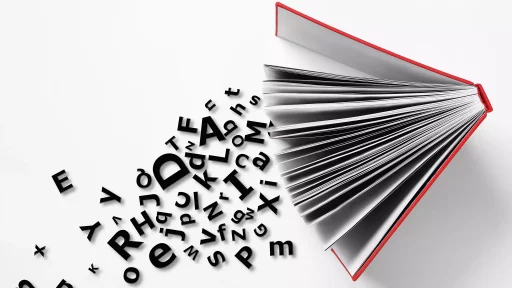What is Depreciation?
Depreciation is a method used in accounting to allocate the cost of tangible assets over their useful life. It represents the decrease in value of an asset over time due to wear and tear, obsolescence, or other factors.
Types of Depreciation
- Straight-line Depreciation
- Double Declining Balance Depreciation
- Units of Production Depreciation
Example of Depreciation
Let’s say a company purchases a delivery van for $20,000 with a useful life of 5 years. Using straight-line depreciation, the annual depreciation expense would be $4,000 ($20,000 divided by 5 years).
Importance of Depreciation
Depreciation is crucial for accurately reflecting the true financial position of a company. It helps in determining the value of assets, calculating taxes, and making informed business decisions.
Case Study: Company X
Company X invested in machinery for $100,000 with a useful life of 10 years. By using the double declining balance method, they were able to write off a larger portion of the asset’s cost in the early years, reflecting its higher depreciation rate.
Understanding depreciation is essential for businesses to manage their assets effectively and ensure accurate financial reporting.





